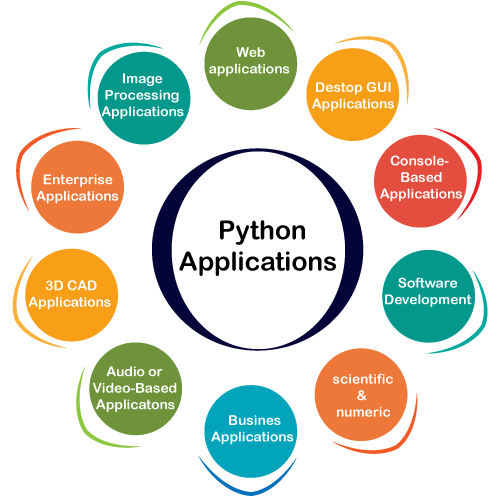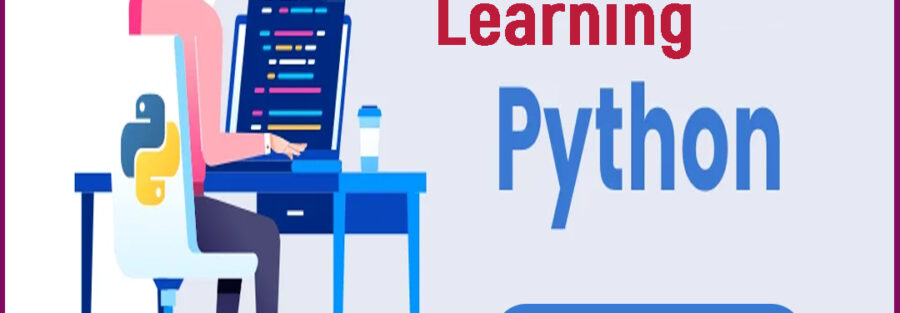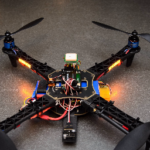
Python is a high-level, interpreted, and general-purpose programming language. It was created by Guido van Rossum and first released in 1991. Python is known for its simplicity, readability, and easy-to-understand syntax, which makes it an excellent language for beginners as well as experienced programmers.
Key features of Python include:
- Readability: Python emphasizes code readability with its clean and straightforward syntax. It uses indentation and whitespace to define code blocks, eliminating the need for braces or semicolons.
- Versatility: Python supports multiple programming paradigms, including procedural, object-oriented, and functional programming. It provides flexibility in developing different types of applications.
- Interpreted Language: Python code is executed line by line by an interpreter, rather than being compiled into machine code before running. This allows for rapid development and debugging.
- Large Standard Library: Python comes with a vast standard library that provides a wide range of modules and functions for performing common tasks. This saves developers time by offering pre-built functionality for tasks like file I/O, networking, regular expressions, and more.
- Cross-Platform Compatibility: Python is available for major operating systems, including Windows, macOS, and Linux. It allows developers to write code that can run seamlessly across different platforms.
- Extensive Third-Party Libraries: Python has a rich ecosystem of third-party libraries and frameworks that extend its capabilities. These libraries cover diverse domains such as web development, data analysis, machine learning, scientific computing, and more.
- Dynamically Typed: Python is a dynamically typed language, meaning you don’t need to declare variable types explicitly. Variables can change their type during runtime, offering flexibility but requiring careful attention to type-related errors.
- Rapid Prototyping: Python’s simplicity and ease of use make it ideal for rapid prototyping and development. It allows developers to quickly test ideas and concepts before diving into more complex implementations.

Uses of Python
Web Development,
Data Analysis and Visualization,
Machine Learning and Artificial Intelligence,
Scientific Computing,
Scripting and Automation,
Game Development,
Desktop Application Development,
Web Scraping,
Internet of Things (IoT),
Networking and Cybersecurity



